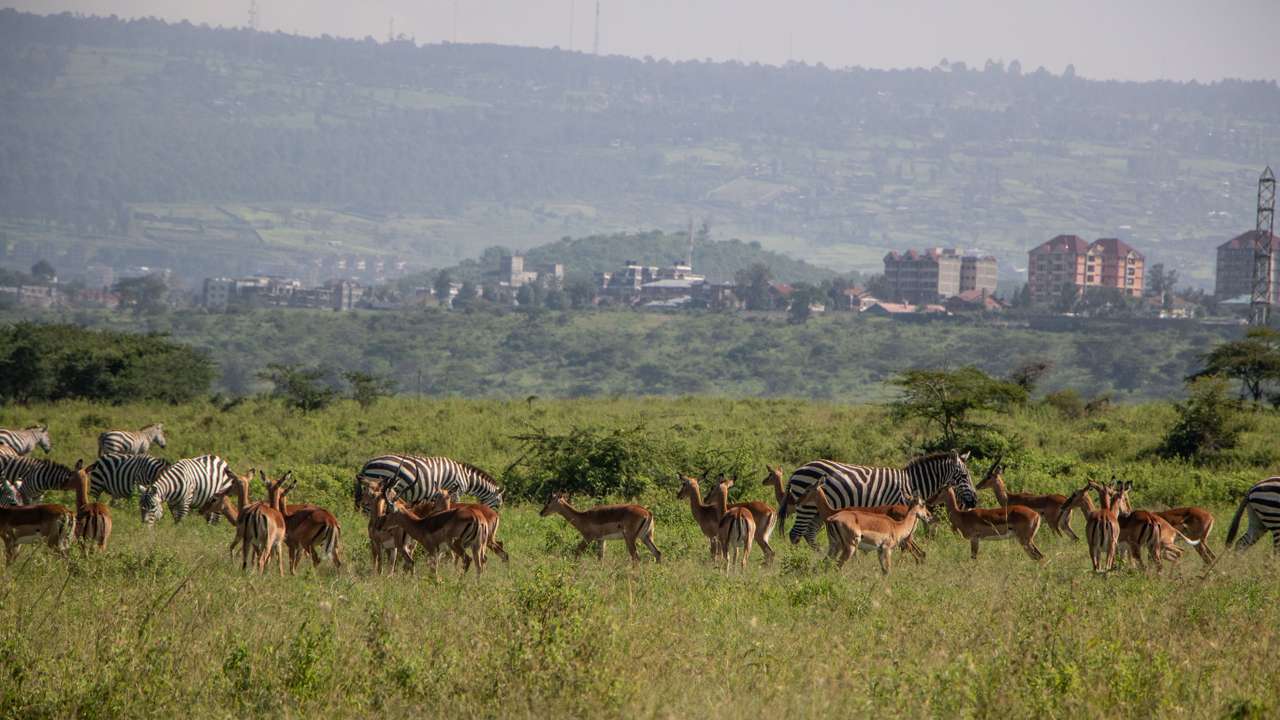Tanzania to deploy drones and satellites to track, curb human-wildlife conflicts

The Tanzanian government has unveiled a strategy to deploy cutting-edge technology in protecting wildlife and reducing human-wildlife conflict, particularly in areas prone to dangerous encounters with elephants.
Presenting the 2025/26 budget for the Ministry of Natural Resources and Tourism before the National Assembly, Minister Dr. Pindi Chana announced that the government will deploy 12 drones and 50 satellite GPS collars to improve real-time tracking of elephant movements. The collars, to be fitted on lead elephants within each herd, will allow wildlife authorities to closely monitor migration patterns and respond swiftly to incidents near human settlements, Daily News reports.
In addition to the tracking systems, the Ministry will distribute 40,000 cold bombs, non-lethal explosive devices designed to deter elephants from encroaching on farms and villages, across key conflict zones.
“This technology-driven approach is designed to protect both people and wildlife while improving conservation management nationwide,” Dr. Chana told lawmakers. She emphasised that the government’s goal is to create a safer coexistence between communities and wildlife, particularly in areas bordering national parks and protected reserves.
The initiative forms part of Tanzania’s 2022–2026 National Wildlife Corridor Rescue Action Plan, which prioritises the safeguarding of crucial migratory routes. The Ministry will also launch public awareness campaigns in communities located along wildlife corridors to encourage coexistence and conservation stewardship.